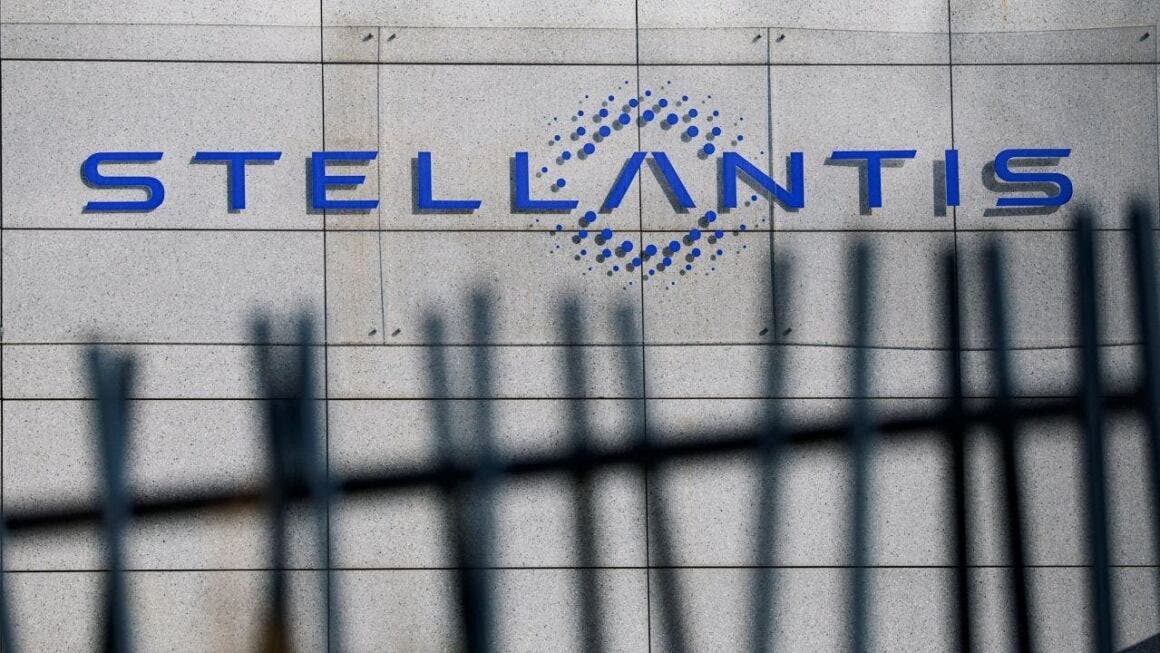The financial difficulties of Marelli, a key supplier of automotive components (formed from the synergy between Magneti Marelli and Calsonic Kansei in 2019), have raised concerns. Stellantis responded promptly, according to Japanese press reports, by advancing crucial payments to avoid a halt to production. This strategic move by the John Elkann-led group not only strengthens Marelli, but also protects the entire global supply chain, averting negative repercussions for the auto industry.
Stellantis to Marelli’s rescue: advance payments to avoid production shutdown
Marelli born in 2019 from the merger between Italy’s Magneti Marelli and Japan’s Calsonic Kansei, is going through a phase of deep financial reorganization. The situation is delicate, especially considering that Marelli was sold by what was then Fiat Chrysler Automobiles for a sum of more than approximately 6.42 billion U.S. dollars.
Now, faced with increased economic pressure on suppliers and the real danger of delivery disruption, Stellantis chose to play an active role. The goal was to ensure Marelli’s operational stability and, by extension, protect the entire industrial supply chain from potential setbacks.

Avoiding significant repercussions on the entire global supply chain
According to reports in Japan’s Kyodo news agency, the liquidity crisis facing Marelli, a key supplier of components to the automotive industry, could even lead to the suspension of production operations. Such a scenario, therefore, would have significant repercussions on the entire global supply chain, with a particular impact on Stellantis. The automotive group depends heavily on Marelli for the supply of advanced lighting systems and components crucial to the operation of its vehicles’ engines.
In fact, to avert this potentially disastrous scenario, Stellantis would put in place a concrete action of financial support. This action would take the form of advancing some payments due to Marelli, thus providing a vital cash injection to enable the supplier to overcome this critical phase and ensure continuity of supply. An action that demonstrates the strong interconnectedness and strategic nature of the relationships within the complex ecosystem of the automotive industry.
Instead of a simple investment of fresh money, Stellantis’ intervention in Marelli takes the form of concrete operational support. According to Kyodo sources, the automotive giant chose a route other than injecting new capital: it opted to accelerate payments on already agreed supplies. This strategic move gave Marelli quick access to essential liquidity to meet day-to-day expenses, bypassing the need for additional borrowing and averting an increase in its debt.

Marelli on the brink of financial precipice
But things are not looking good at Marelli. In addition to the urgent need for cash to meet immediate expenses, the company is facing a really heavy debt burden. The latest rumors from Japan reveal that, last March 31, a group of banks, with Deutsche Bank and Mizuho Bank at the forefront, granted a one-month breathing space to pay off an 18 billion yen (about 125 million U.S. dollars) debt installment.
But this figure is just the tip of the iceberg of a much larger financial exposure, which exceeds ¥650 billion, translating into more than US$4.56 billion. Quite a headache, in short.
Marelli seems to be playing a delicate game with the creditor banks to try to get a new financing plan. The goal? To reschedule at least part of the debt and buy valuable time to keep the production engines running. At the moment, however, there is still no black on white, and this situation of uncertainty puts a strain on the company, with potential significant setbacks even for its most important customers, Stellantis in the first place.
The link between Marelli and Stellantis is deeply rooted in mutual dependence: the group led by John Elkann is among the main buyers of the Japanese company. However, the recent financial turmoil at Stellantis-which saw a 70 percent drop in net income in the fiscal year ending December 2024, partly due to a slowdown in the North American market-seems to be affecting, albeit indirectly, the financial strength of its supplier.

